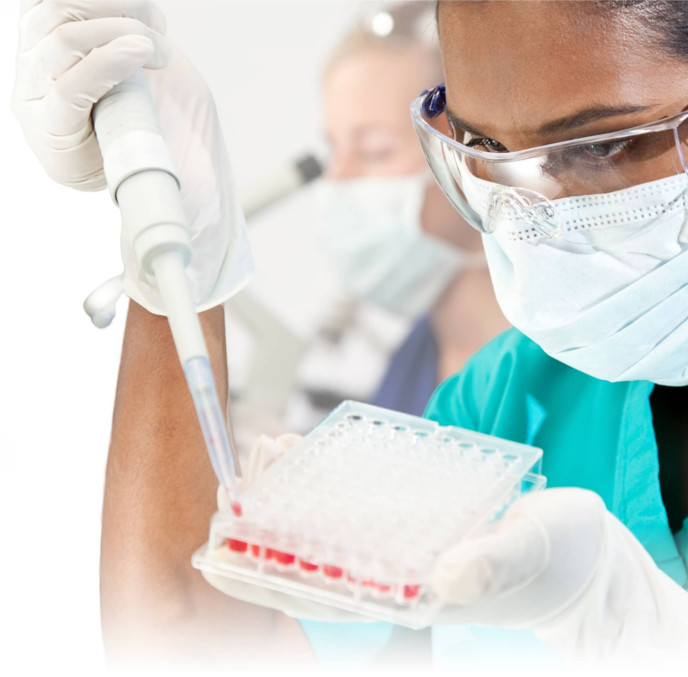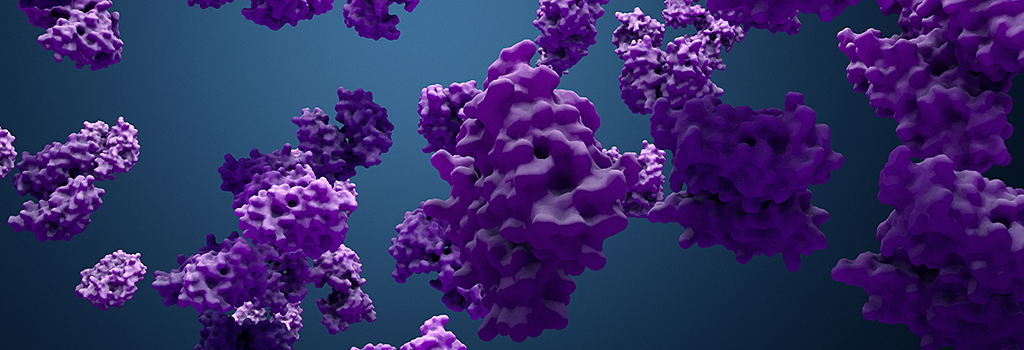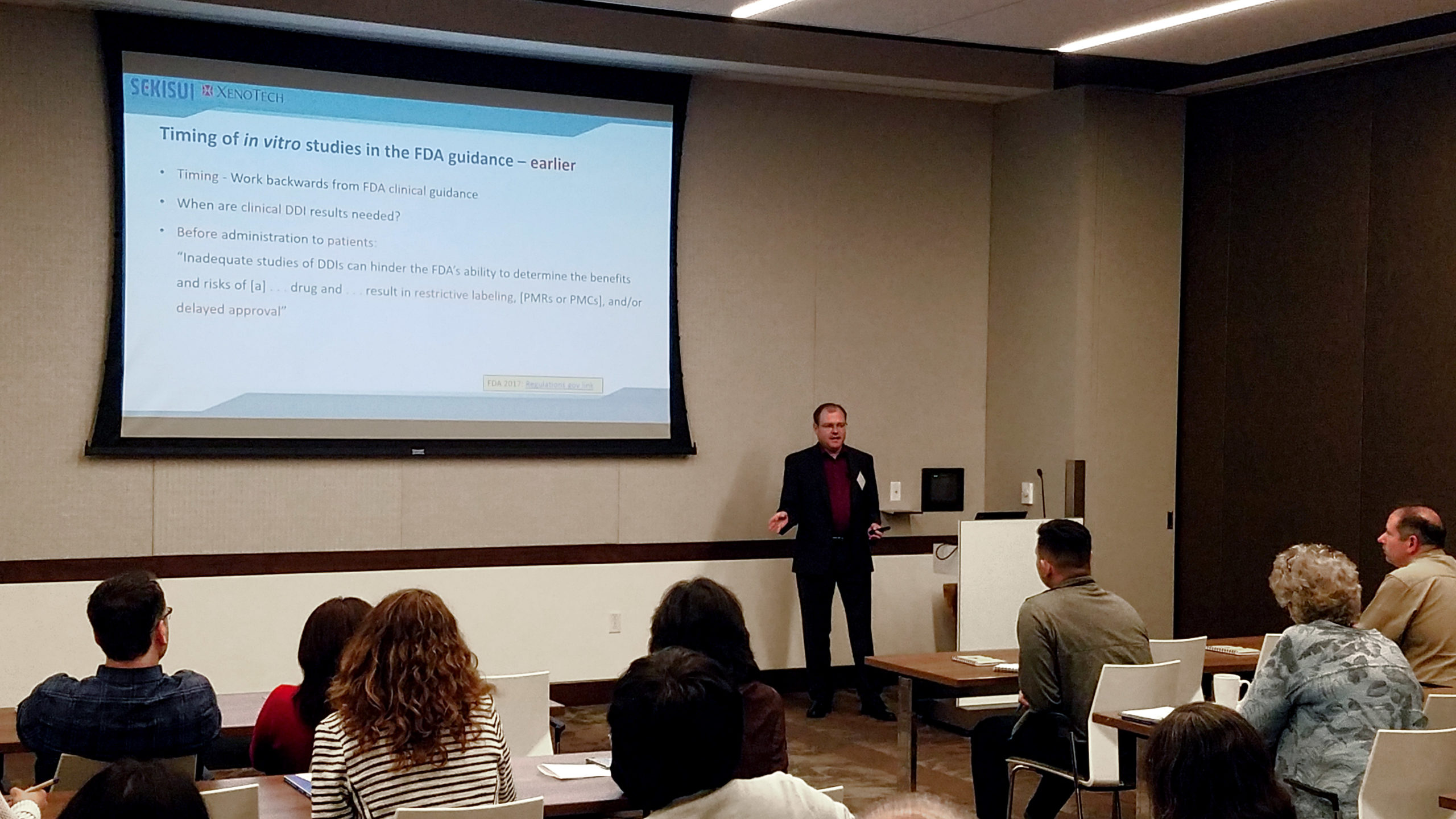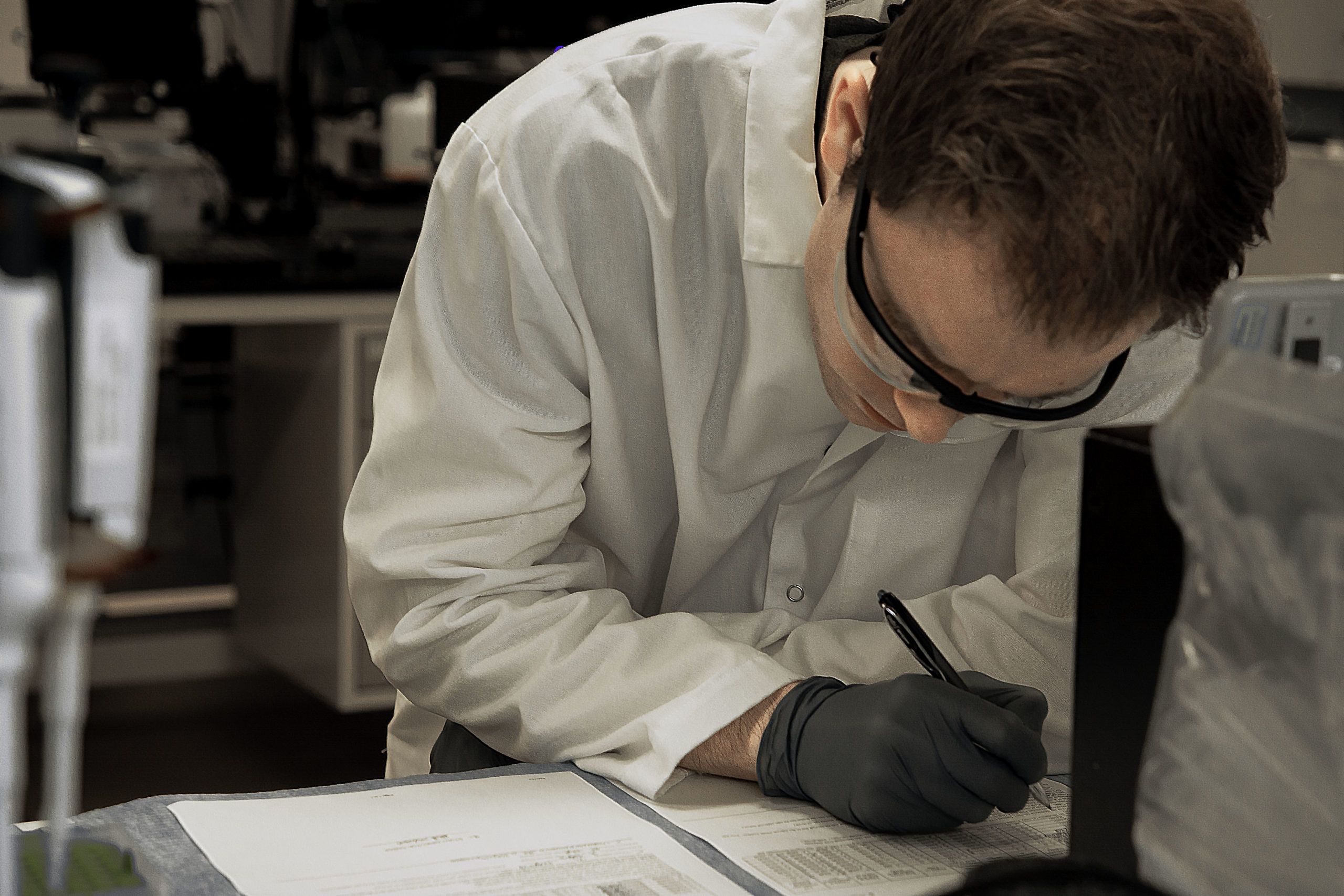
In Vitro UDP-glucuronosyltransferase (UGT) Enzyme Inhibition Studies
For drug candidates that are cleared predominantly by UDP-glucuronosyltransferase (UGT) conjugation, UGT inhibition studies may be recommended by regulatory agencies prior to submission as part of the drug candidate’s preclinical development program.
You can now request quotes for our research services on BioIVT.com!
Whether you need a single assay or a complete ADME program, BioIVT’s experts will help design and implement the appropriate studies for your drug and research objectives. View BioIVT’s comprehensive portfolio of ADME research services.
Glucuronidation is a major pathway of xenobiotic biotransformation in mammalian species, and the reaction is catalyzed by UDP-glucuronosyltransferases (UGTs), which are located primarily in the endoplasmic reticulum of liver cells. Since drug-drug interactions (DDIs) that are at least partly due to inhibition of UGTs have been reported, identification of the UGT(s) involved in the metabolism of a compound can allow for a better DDI prediction.
Our Approach to UGT Inhibition Studies for Preclinical Drug Development
Our study design evaluates drug candidates as direct-acting inhibitors of UGT enzymes in human liver microsomes and features low protein concentrations and short incubation times to minimize artifacts caused by protein binding, metabolic instability of the test article, and excessive metabolism of the marker substrate.

Features of UGT Enzyme Inhibition Analysis & Evaluation
- Validated LC-MS/MS methods
- Deuterated internal standards in most cases
- Positive control inhibitor for all UGTs
- Designed to minimize UGT inhibitor depletion
- Pooled, extensively-characterized, glycerol-free1 human liver microsomes
- Comprehensive report
Assay Selection
| UGT | Marker Substrate Activity |
|---|---|
| UGT1A1 | 17β-Estradiol 3-glucuronidation |
| UGT1A3 | Chenodeoxycholic acid 24-O-glucuronidation |
| UGT1A4 | Trifluoperazine glucuronidation |
| UGT1A6 | 1-Naphthol glucuronidation |
| UGT1A9 | Propofol glucuronidation |
| UGT2B7 | Morphine 3-glucuronidation |
| UGT2B15 | S-Oxazepam glucuronidation |
| UGT2B17 | Testosterone 17β-O-glucuronidation |
Test System
UGT Inhibition assays are typically performed with pooled human liver microsomes from 200 donors (XTreme 200). This allows similar experimental conditions to be used to study all UGT enzymes of interest.
Incubation Conditions
Protein concentration: ≤ 0.1 mg/mL
Incubation time: 5-10 minutes
Results
Direct inhibition IC50 values determined from seven concentrations of the drug candidate.
Inhibition Follow-up Service Offerings
KI determinations
Determine KI value and mechanism associated with direct inhibition with multiple concentrations of the drug candidate and marker substrate.
References
- Obach, S: Glycerolysis of Acyl Glucuronides as an Artifact of In Vitro Drug Metabolism Incubations. DMD August 2009 vol. 37 no. 8 1581-1586

